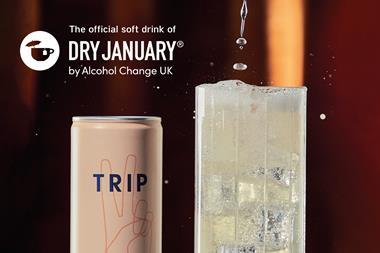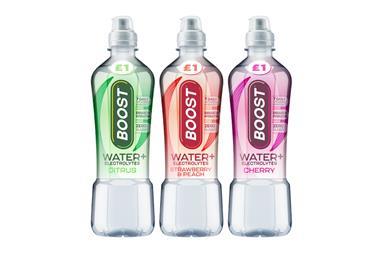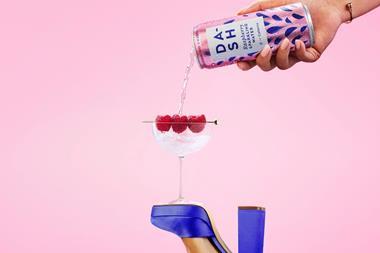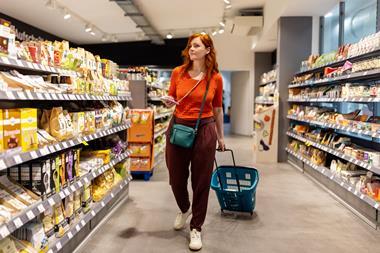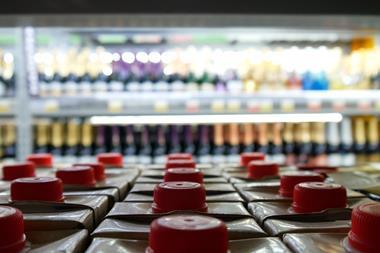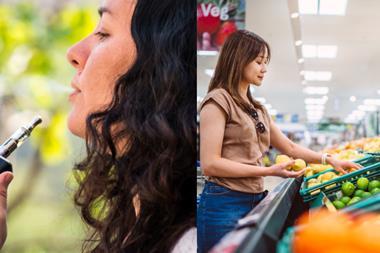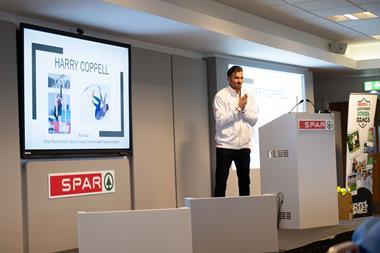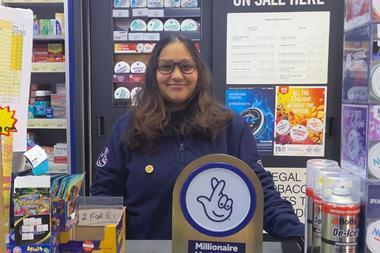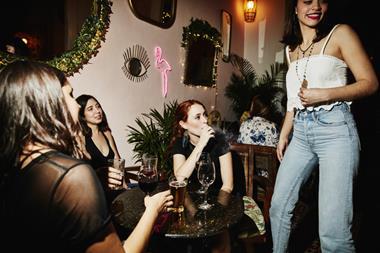Understanding your shoppers to help grow soft drink sales
By Aidan Fortune2023-12-11T13:57:00

Suntory Beverage & Food GB&I category controller Claire Woolridge discusses research into soft drinks to help retailers enhance their sales
ALREADY HAVE A REGISTERED USER ACCOUNT? PLEASE LOG IN HERE
To read the full story join the ConvenienceStore.co.uk community today!
Registration is quick and easy and provides access to:
- Unlimited ConvenienceStore.co.uk articles
- Our great range of newsletters
- Content you’ve saved for later via the ‘my library’ feature
And much more…
Related articles
More from News
Unlimited Access + Newsletters
Register today to gain unlimited access to articles and to receive our great range of email newsletters.




















